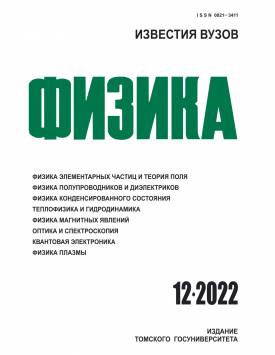Numerical modeling of AES dynamics in Roy's orbital elements
The paper considers the question of the possibility of using differential equations in Roy’s elements for numerical simulation of the motion of artificial earth satellites. An original algorithm for reducing the integration step is proposed to preserve the accuracy of modeling when the satellite passes the Earth's shadow. Using a spacecraft of GLONASS as an example, it is shown that simulation in Roy’s elements is as highly efficient as in regular Lagrange’s elements.
Download file
Counter downloads: 18
Keywords
artificial earth satellites, GLONASS, orbital motion, numerical model, differential equations of motionAuthors
| Name | Organization | |
| Avdyushev V.A. | Research Institute of Applied Mathematics and Mechanics Tomsk State University | sch@niipmm.tsu.ru |
| Gontarev R.A. | Research Institute of Applied Mathematics and Mechanics Tomsk State University | gontarev.r@mail.ru |
| Mikhaylova Y.A. | Research Institute of Applied Mathematics and Mechanics Tomsk State University | yana.mikhayliva.999@mail.ru |
References
Battin R.H. An Introduction to the Mathematics and Methods of Astrodynamics. - Revised Edition. - American Institute of Aeronautics and Astronautics, 1999. - 828 p.
Roy A.E. Orbital Motion. - CRC Press, 2005. - 544 p.
Roy A.E., Moran P.E. // Cel. Mech. - 1973. - P. 236-255.
Montenbruck O., Gill E. Satellite Orbits: Models, Methods and Applications. - Springer, 2000. - 369 p.
Lundberg J.B. // Appl. Math.Comput. - 2000. - V. 112. - P. 193-211.
